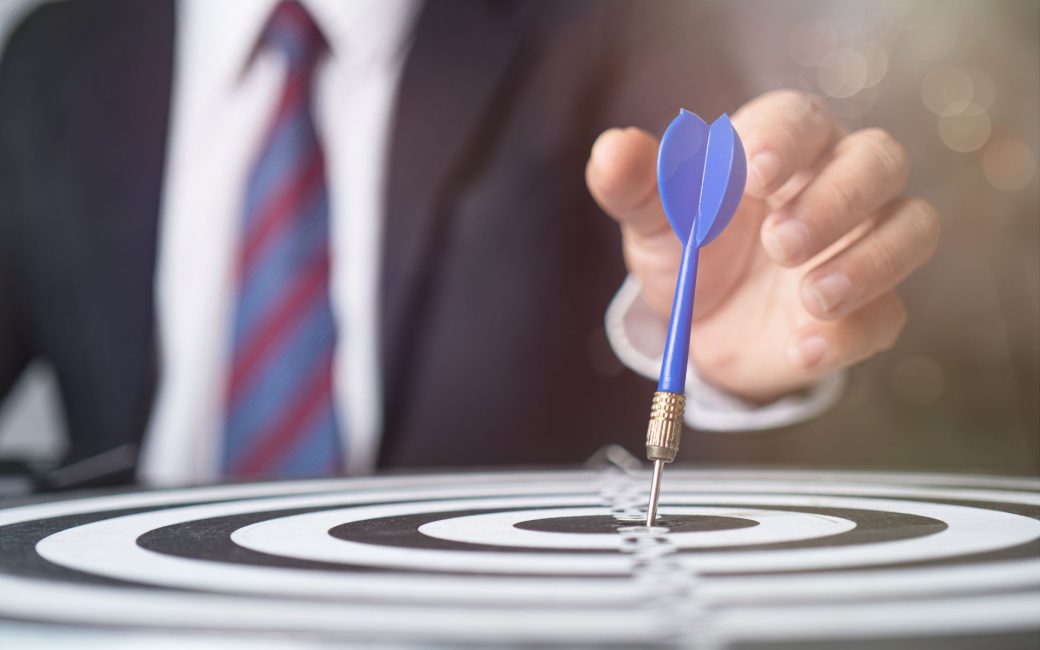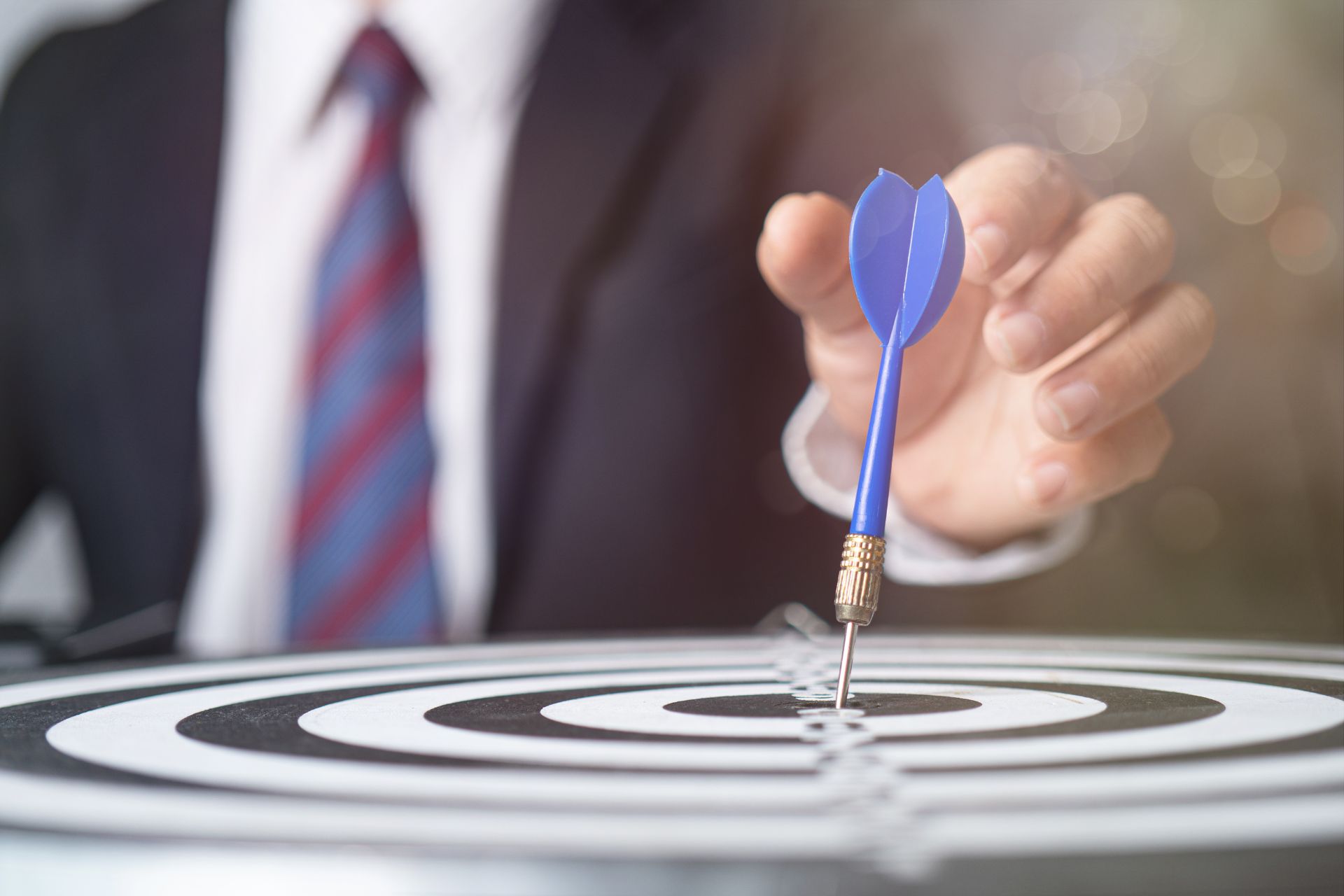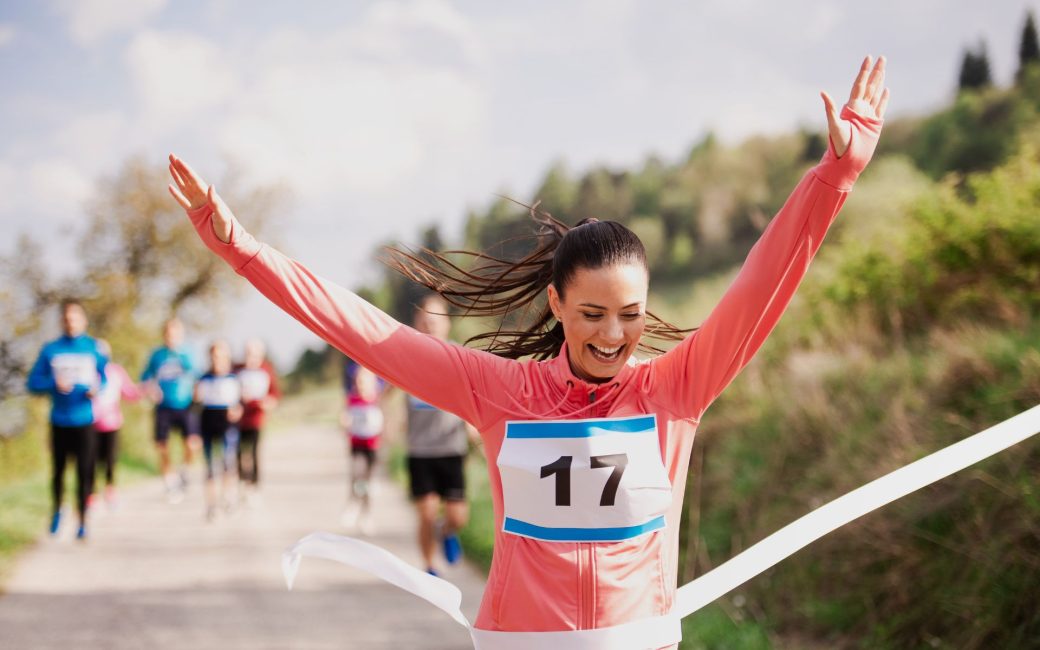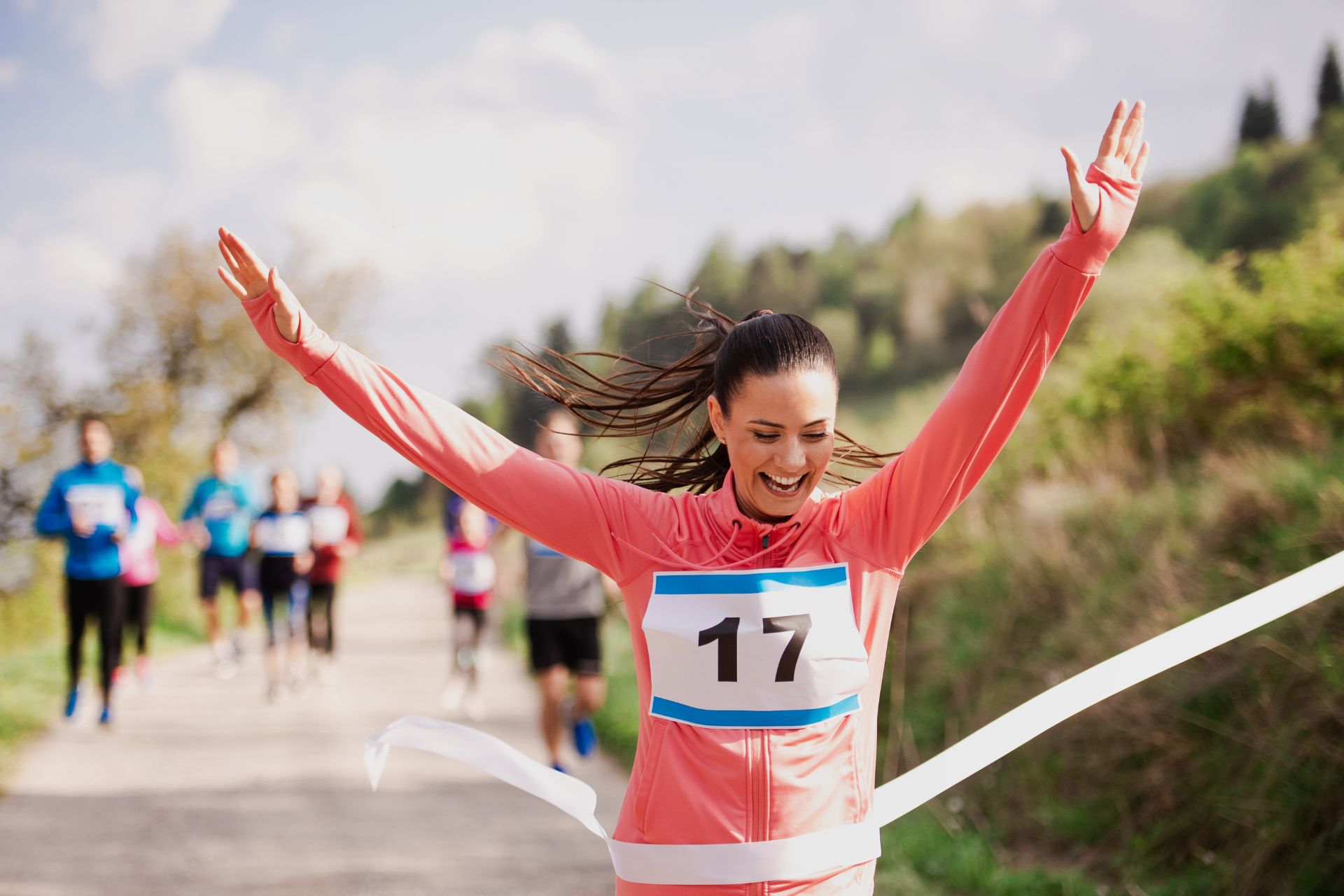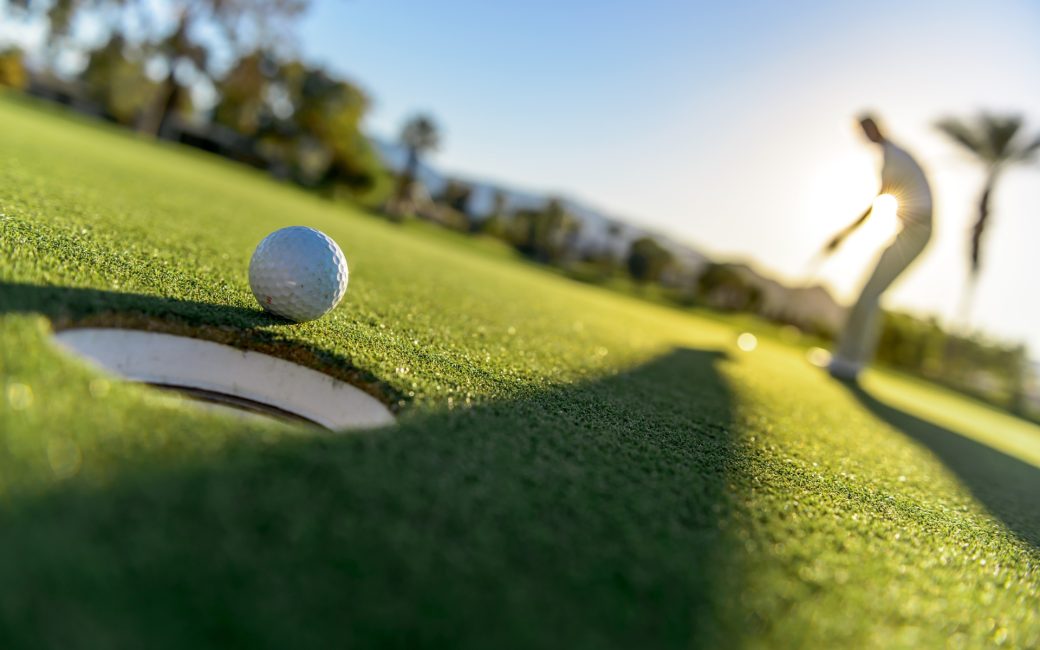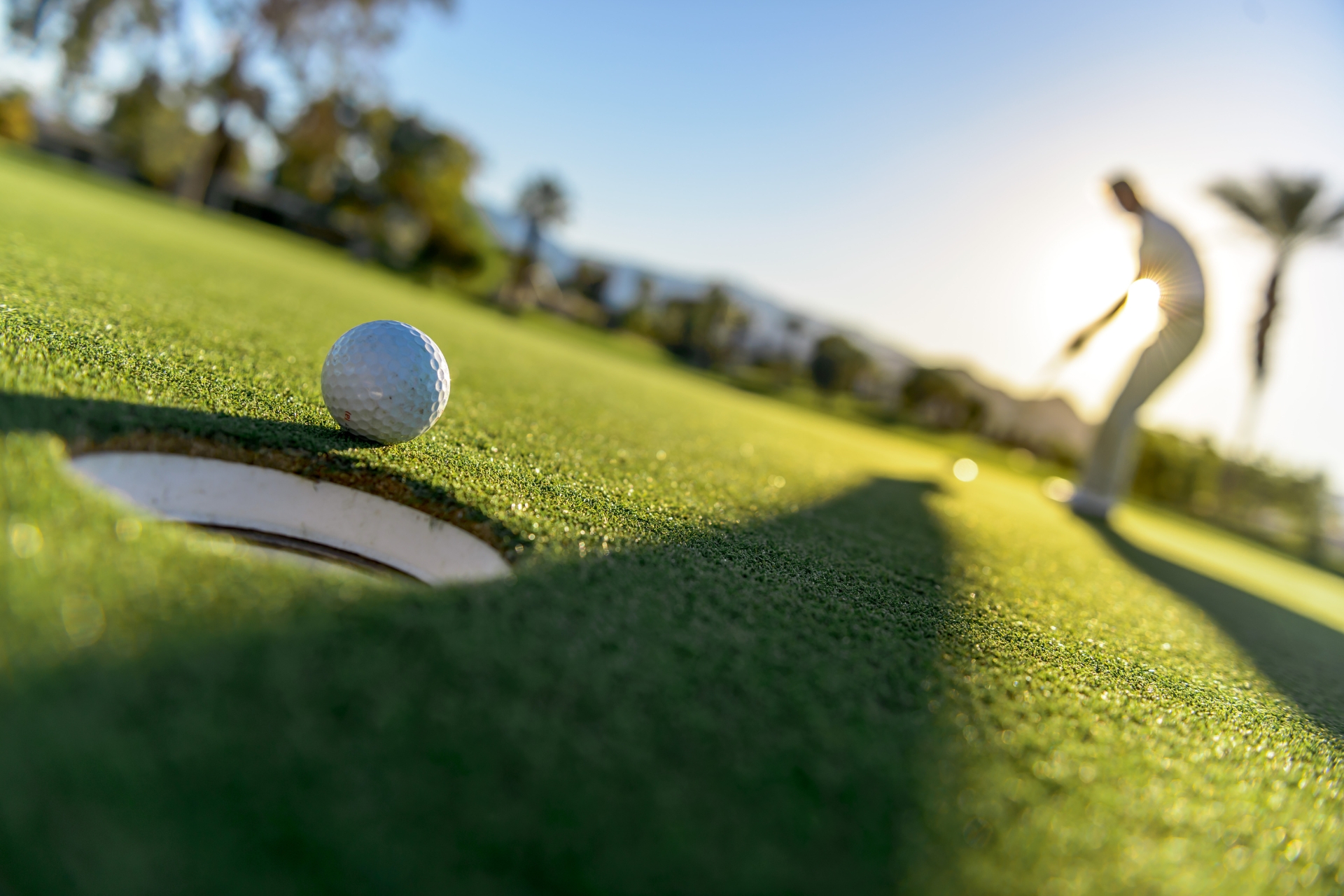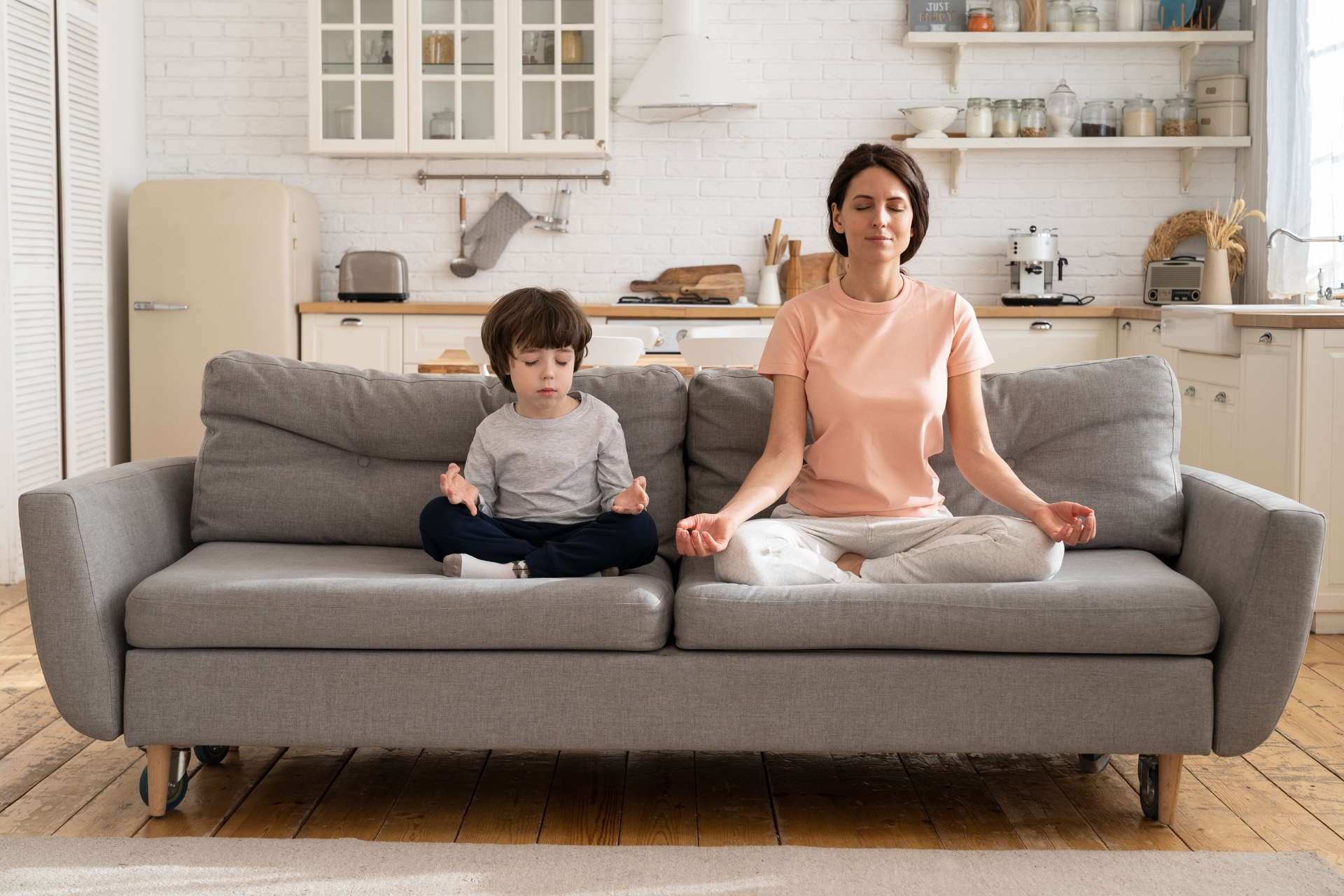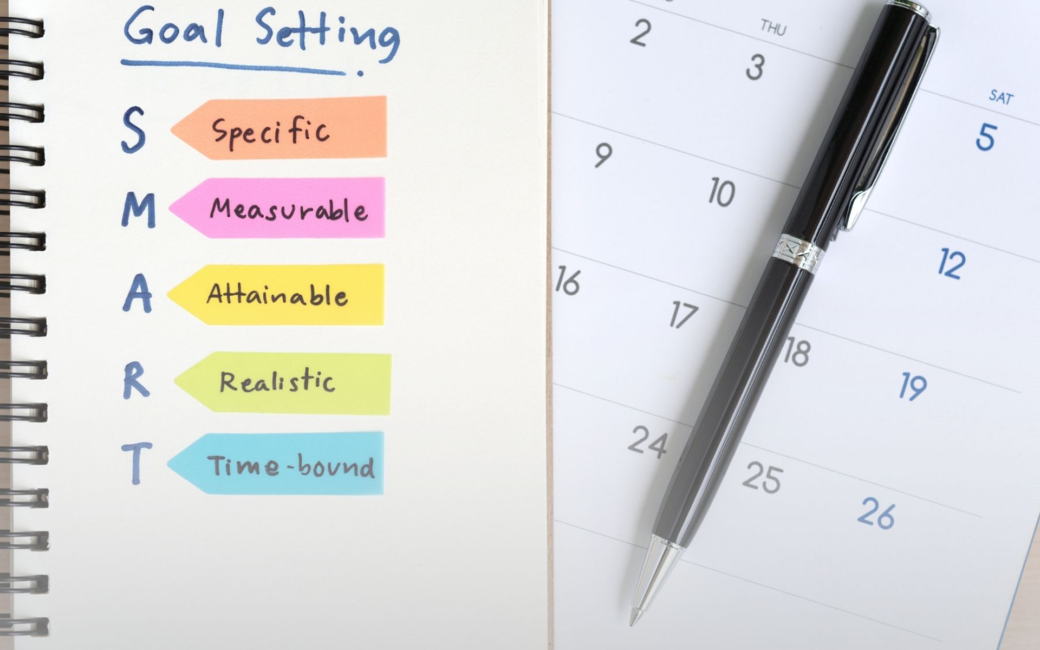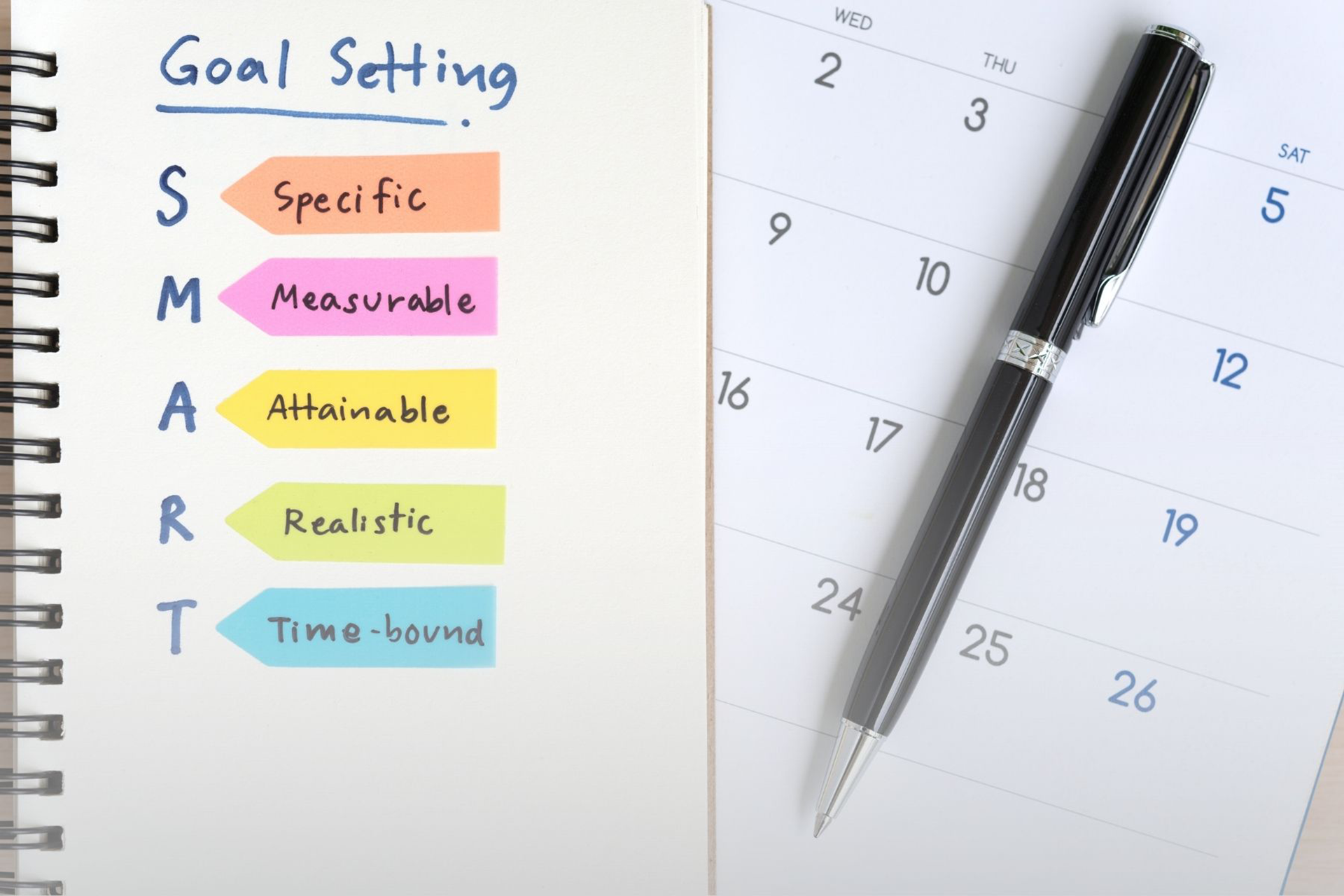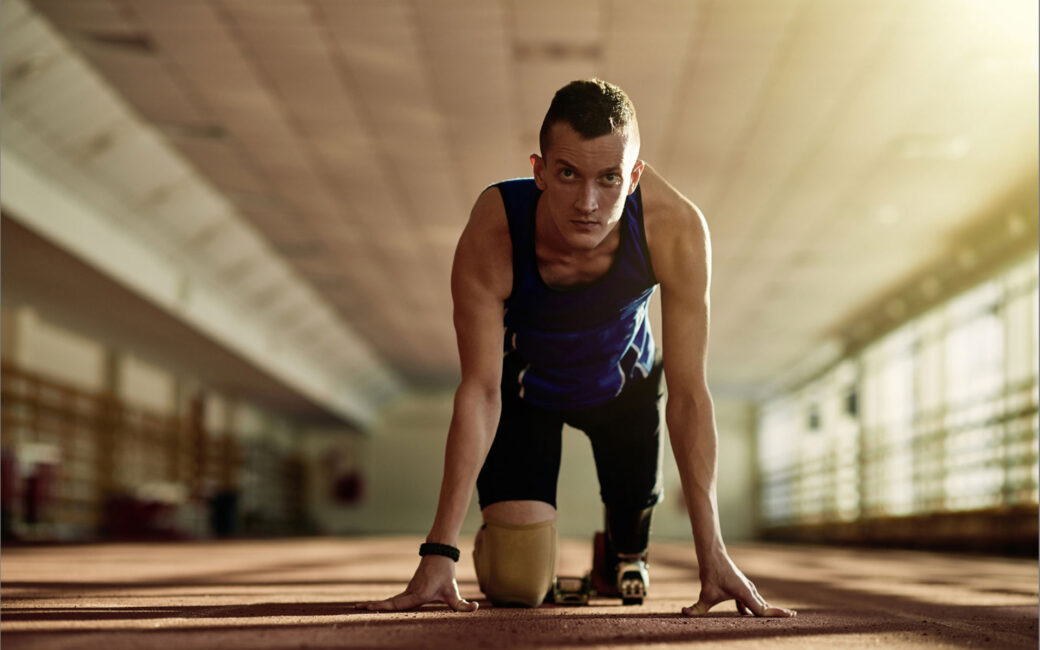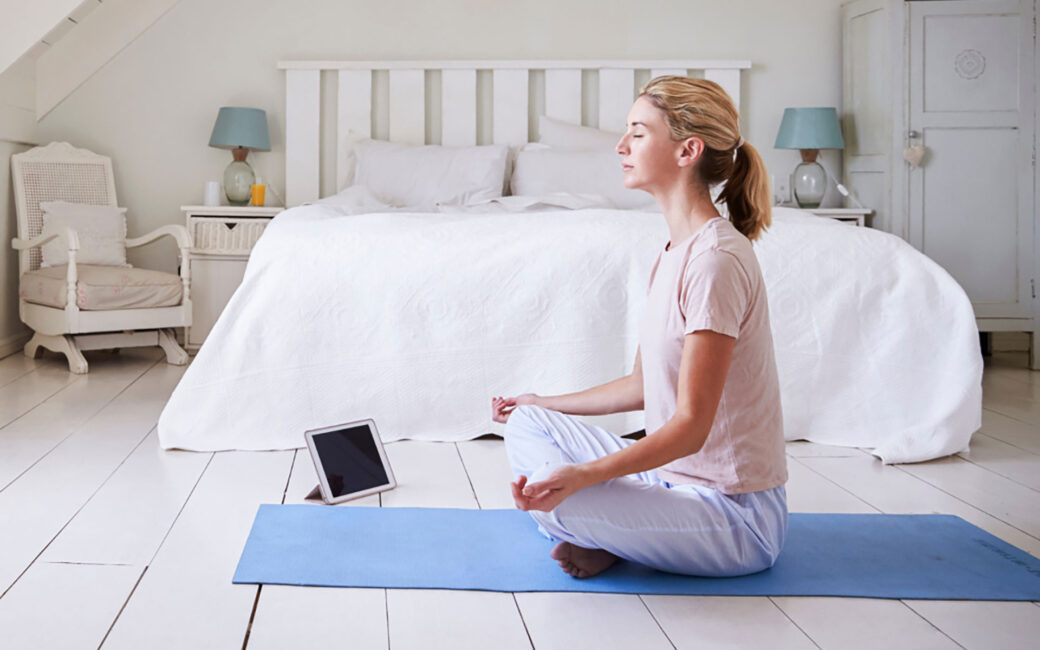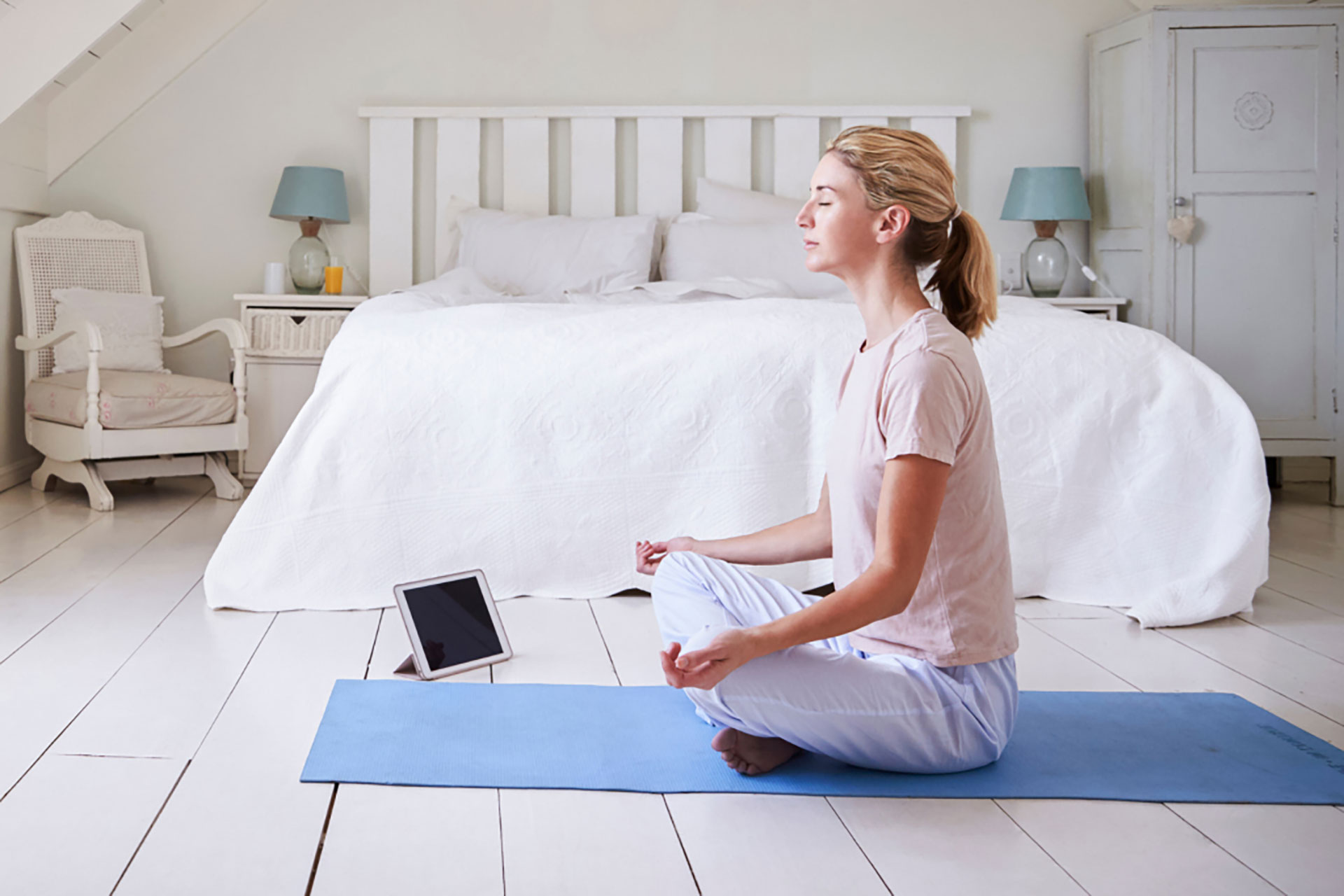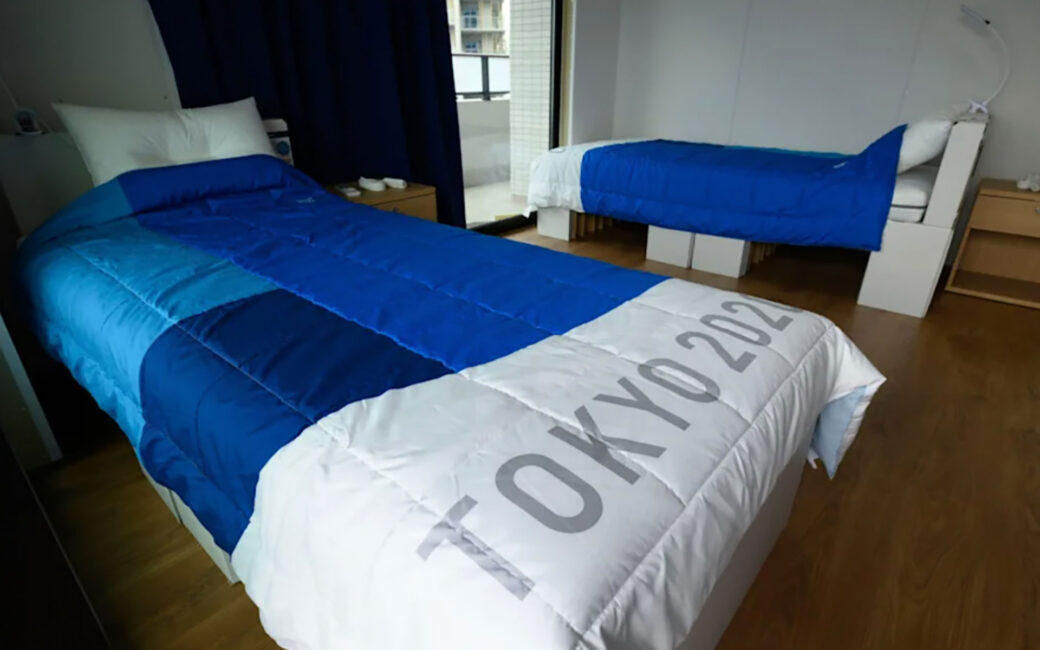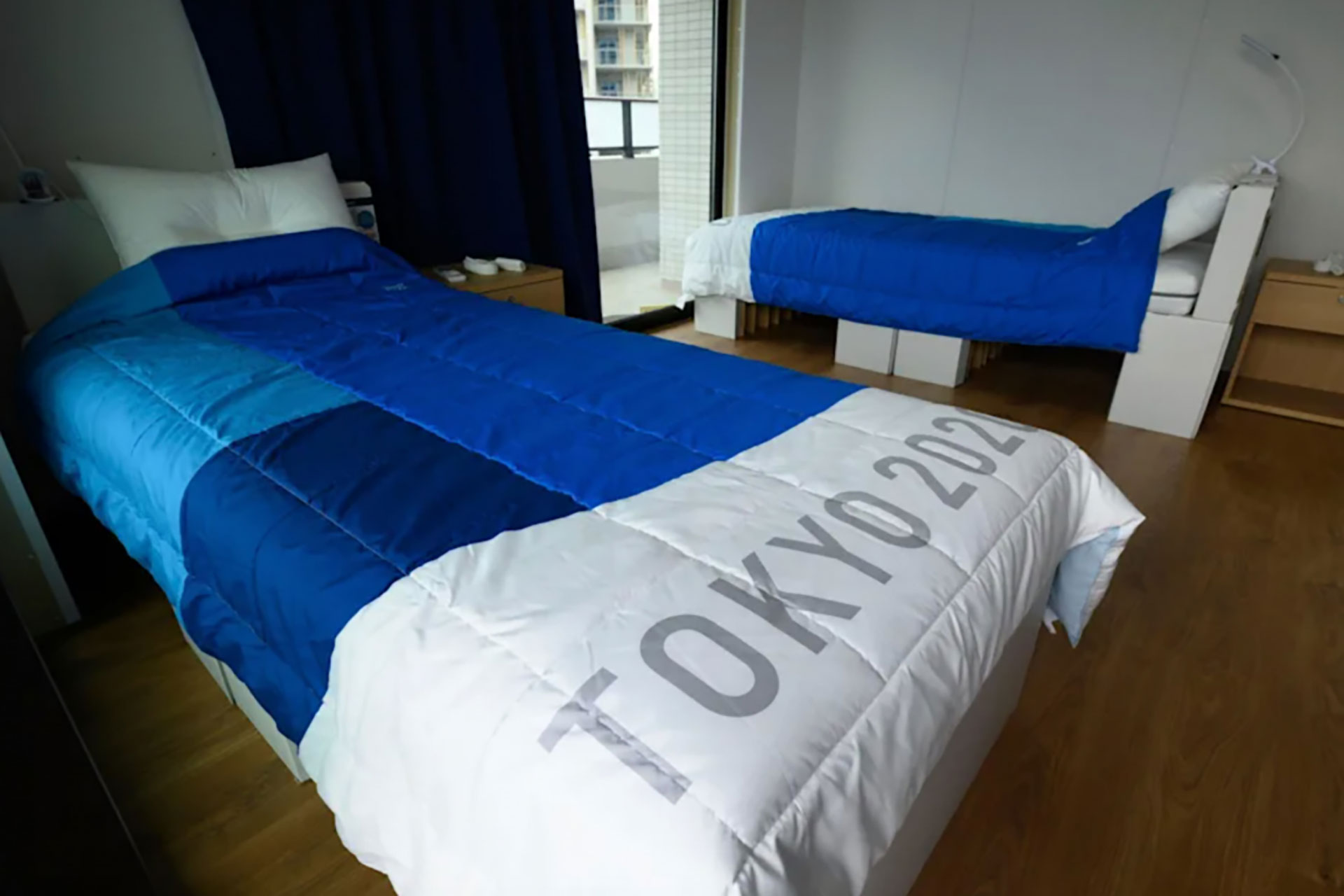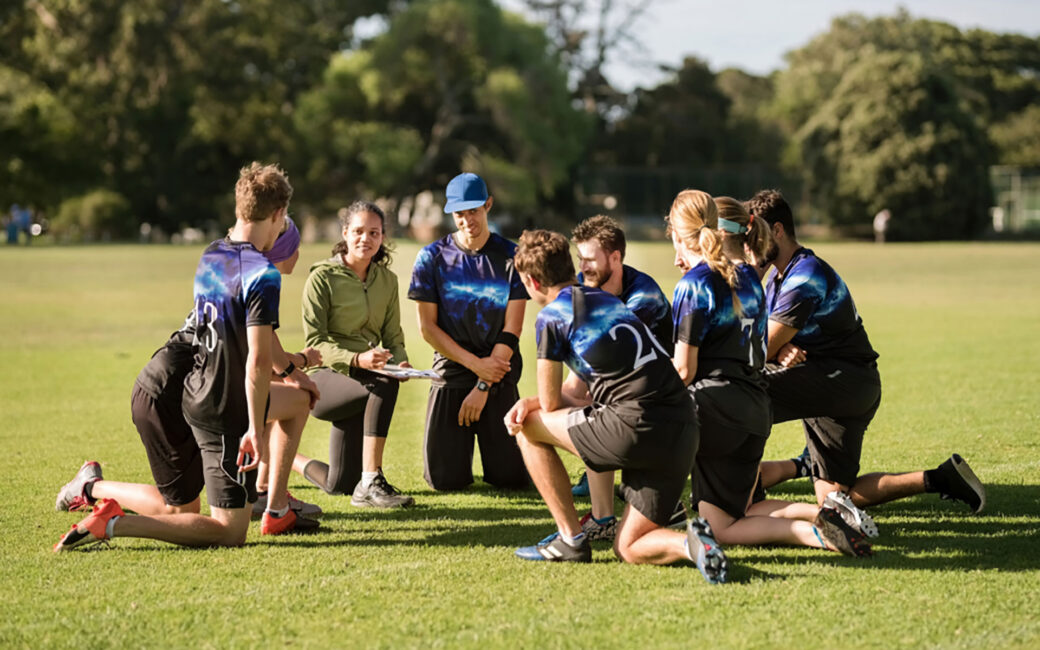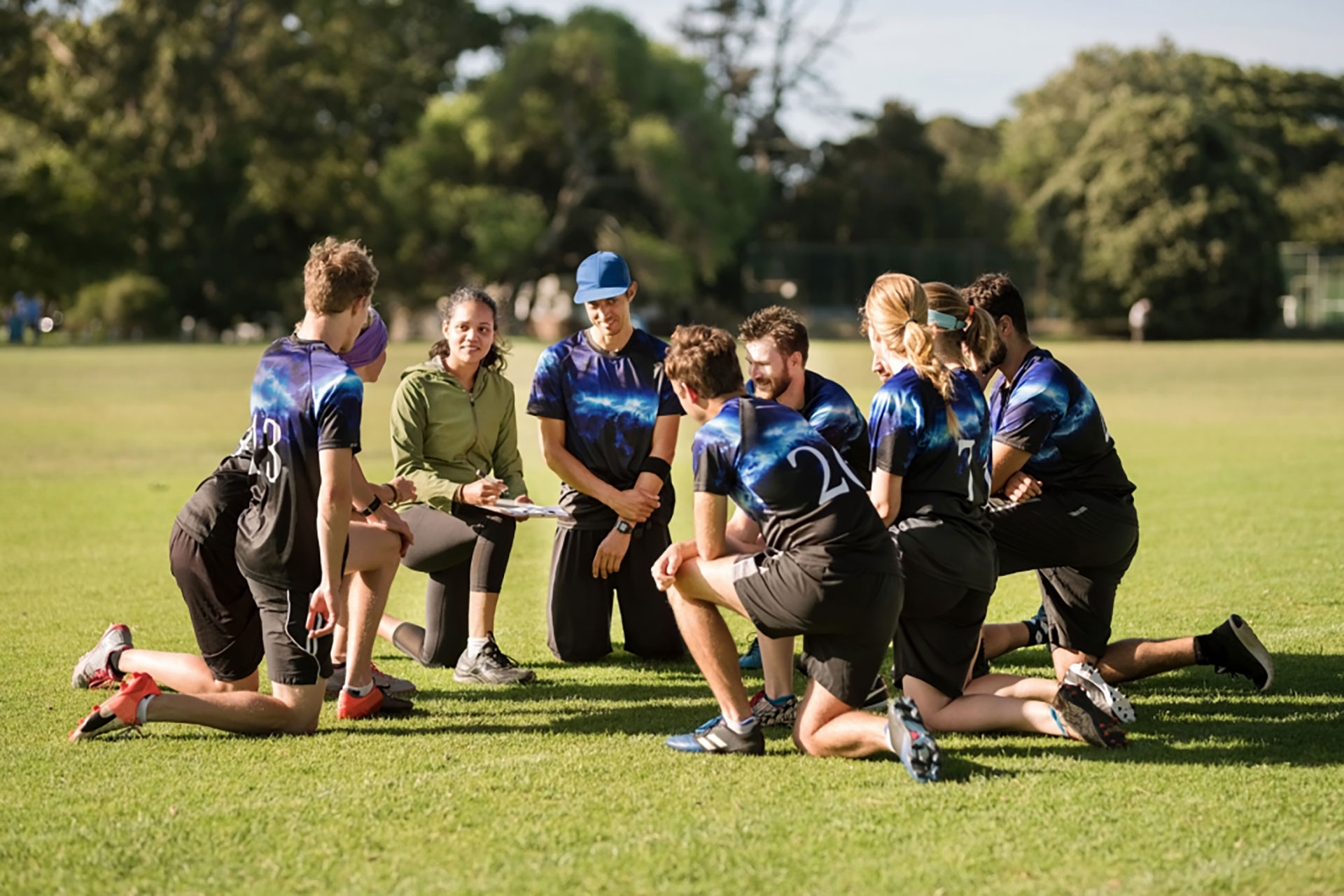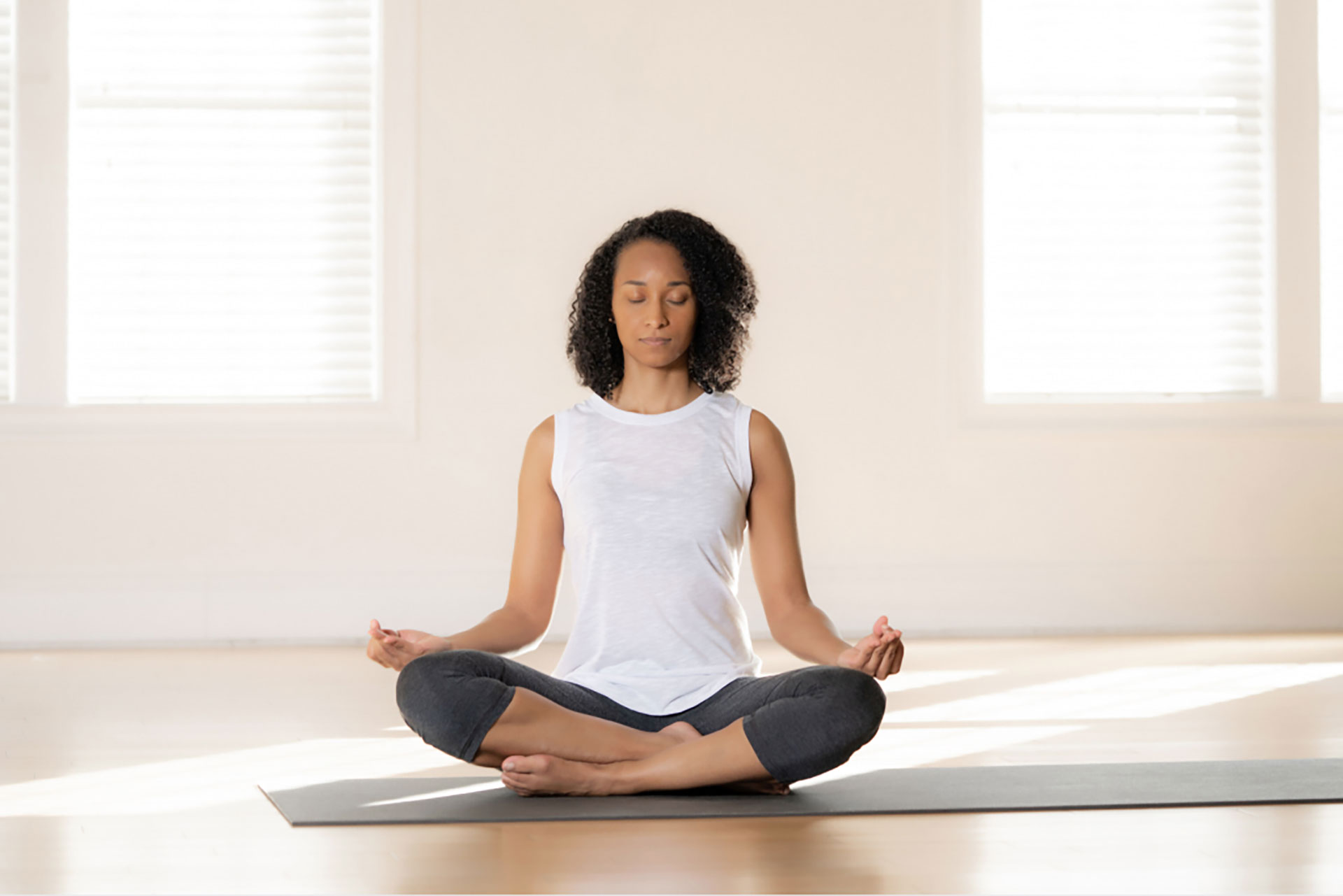Mental strategies to help you transition into your competitive season
If you are heading into your sport this fall, consider your mental performance, which might hurt or help you transition into your competitive season.
Aug 16, 2022 | Arianna Martignetti, Ed.D.
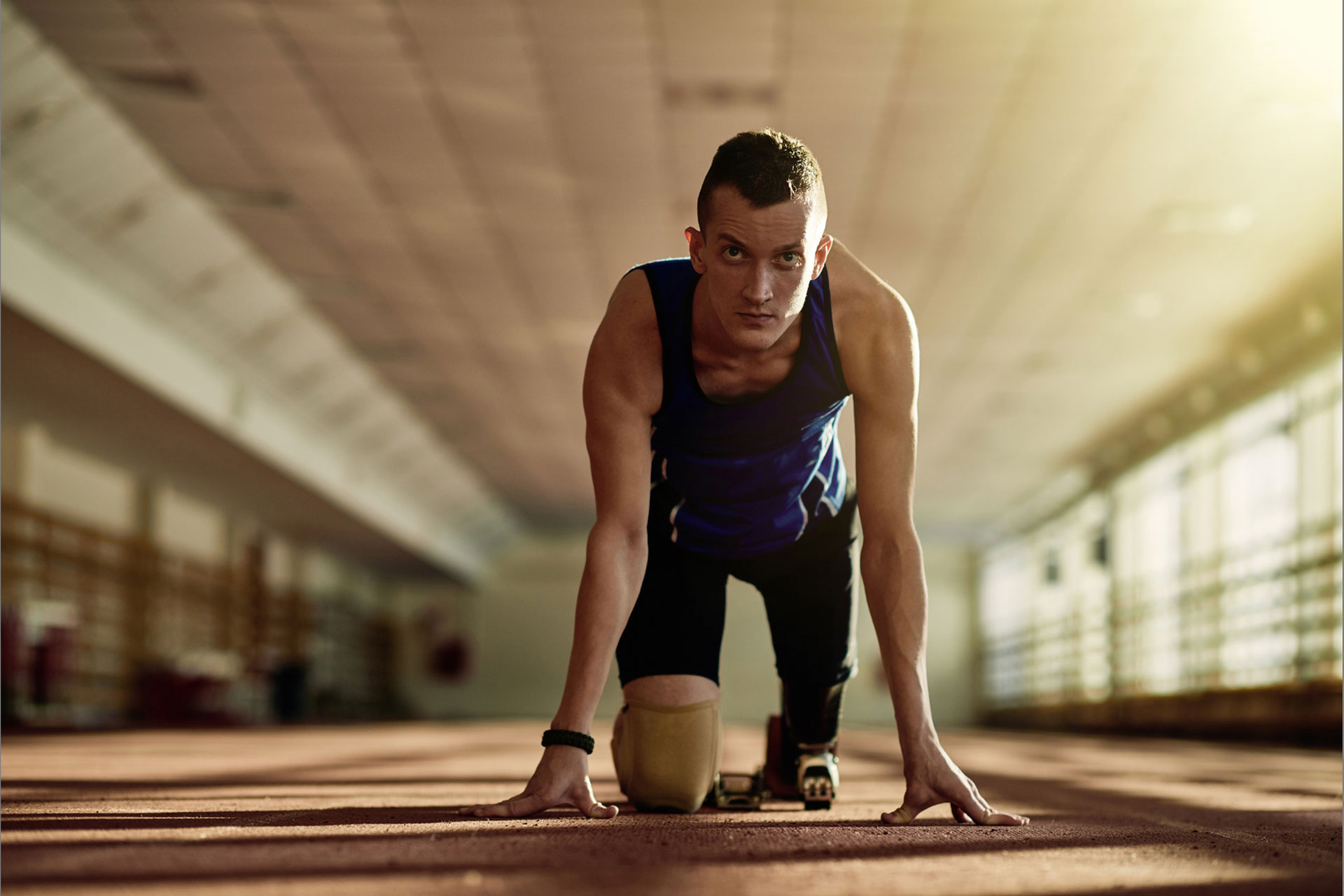
he off-season is an ideal time for training, rest, and recovery. It is also a beneficial time to work on one’s mental skills or learn new mental strategies to become fully prepared for an upcoming season.(1) If you are heading into your sport this fall, consider the following, which might help with your transition into your competitive season.
Where is your attention?
Our attention allows us to bring our awareness to information around us. This affects our interpretations and decision making.(1) During a race, game, or competition, our attention gets bombarded with information constantly, and needs to shift quickly. We can succeed when we focus on the right cues, at the right time, and limit distractions (whether they are internal or external). This might mean maintaining your leg power during a drive while experiencing fatigue. Or it could mean moving your body and positioning your racket to return a serve while hearing your coach yelling on the side of the court.
While these are specific examples, on a broader scale, ask yourself: where is your attention as you enter your season? Some athletes focus on winning; others focus on adapting to a new team or coach, and some might focus on a new skill or position. Some athletes might even be experiencing impactful changes outside of their sport. Regardless of where your focus is, your attention can affect your mental preparation and/or performance. With practice, training your attention can help you become more selective of relevant cues for demands in your sport, help shift or re-focus your attention when necessary, and block out distractions.(2)
How do you prepare?
There are several benefits to having a pre-performance routine or developing preset behaviors. One benefit is that it can help athletes get into their ideal activation state to perform their best.(3) Athletes experience various activation levels; some perform their best with lower activation levels, others when it is very high, and some when it is in the middle. Not all athletes are aware of their ideal activation state, especially if teams prepare as a group (and unintentionally create the same levels in each athlete). There are different ways to identify your ideal activation state. After doing so, some ways that athletes activate their ideal states can include the use of breathing exercises, music, imagery, or mindfulness within their performance routines. Similar to pre-performance routines, routines during a practice or performance can help athletes refocus their attention, manage an error, or handle a setback. Post-performance routines can be used to adjust, reflect on, or improve one’s performance and motivation.(4)
Where is your motivation coming from?
It might be easier to answer this question if you already know what motivates you. If you are unsure of what motivates you, now can be a beneficial time to consider it. Then, ask yourself, where is my motivation coming from? For example, is your motivation coming from within yourself (i.e., autonomously) such as enjoying your sport or wanting to improve? Or is it coming from something outside of yourself, such as your parents wanting you to play, teammates expecting you to perform, or having the chance to play for a travel or college team? Or, right now, maybe you are not experiencing much motivation at all (i.e., amotivation). Researchers have found more autonomous forms of motivation to be associated with lower levels of burnout in athletes.3 Depending on your source(s) of motivation, different types of motivation can affect an athlete’s self-determination.6
How much time do you devote to your physical training?
With the above question in mind, I challenge you to reflect on how many parts of your sport involve your energy, focus, communication, confidence, and attitude (to name a few). How much of your overall training do you devote to them? Although training your mental skills takes practice and does not necessarily provide a “quick fix,” working on your mental game for five to 10 minutes per day can benefit your performance.(1)
Learn more about mental performance consulting.
References
(1) Burton, D., & Raedeke, T.D. (2008). Sport psychology for coaches. Champaign, IL.: Human Kinetics. ISBN-10: 0736039864.
(2) Orlick, T. (2016). In Pursuit of excellence: How to win in sport and life through mental training (5th ed.). Champaign, IL: Human Kinetics.
(3) Williams, J. M., Nideffer, R. M., Wilson, V. E., & Sagal, M-S. (2015). Concentration and strategies for controlling it In Applied sport psychology: Personal growth to peak performance (p. 304-325). Mountain View, CA: Mayfield. McGraw-Hill. ISBN-13:978-0078022708.
(4) Ravizza, K., & Fifer, A. (2015). Increasing awareness for sport performance In Applied sport psychology: Personal growth to peak performance (p. 176-187). Mountain View, CA: Mayfield. McGraw-Hill. ISBN-13:978-0078022708.
(5) Goodger, K., Wolfenden, L., & Lavallee, D. (2007). Symptoms and consequences associated with three dimensions of burnout in junior tennis players. International Journal of Sport Psychology, 38(1), 342-364. doi:10.1123/tsp.11.3.257.
(6) Ryan, R. M., & Deci, E. L. (2017). Self-determination theory: Basic psychological needs in motivation, development, and wellness. New York, NY: Guilford Publications.




